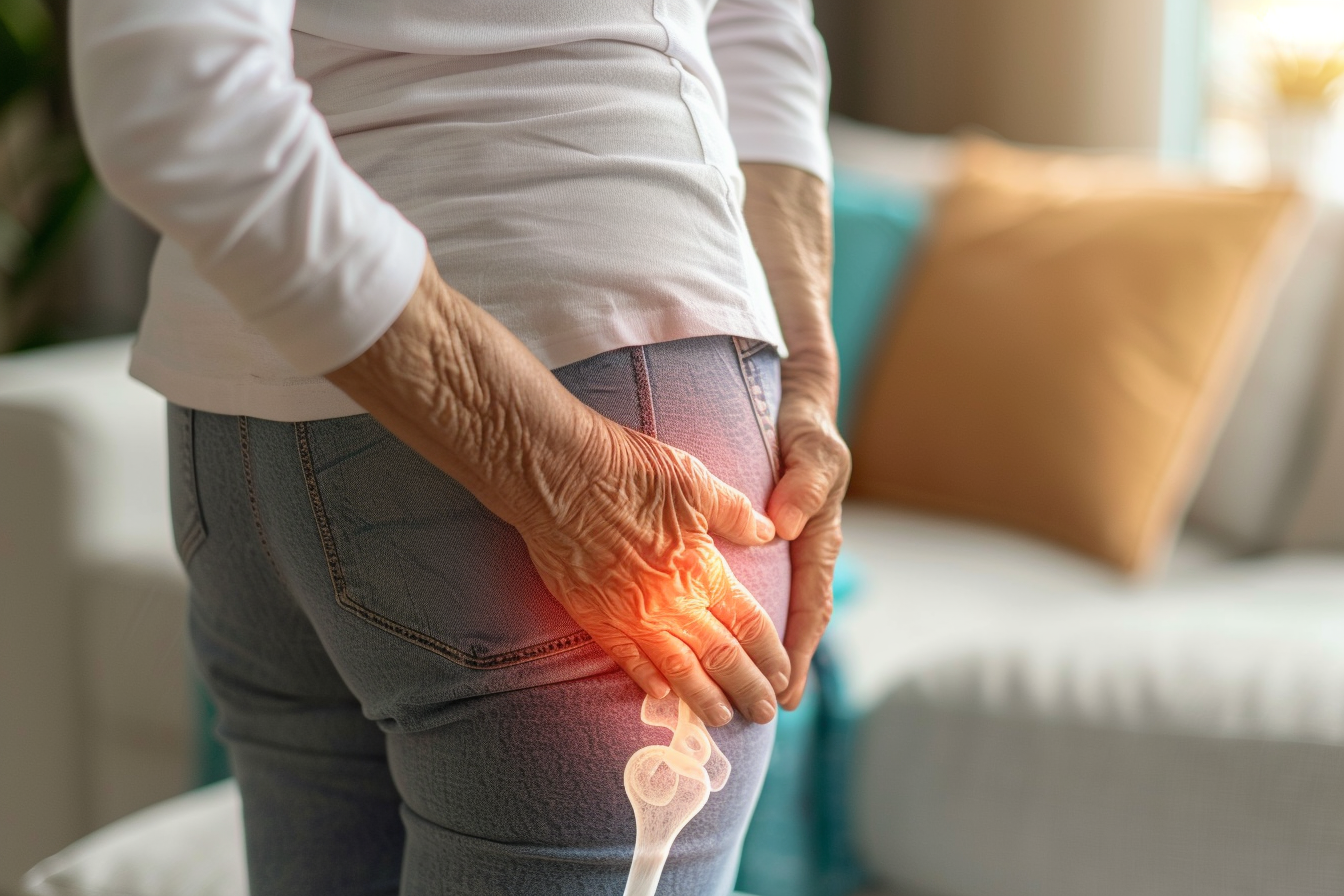Plaque Psoriasis in Seniors – Symptoms, Causes, and Relief Tips
Plaque psoriasis is a common skin condition that can become more challenging for seniors, often leading to discomfort and irritation. Understanding the symptoms and possible causes is the first step toward better daily management. From skin changes to lifestyle factors, there are practical tips that may help bring some relief and improve quality of life.

Common Symptoms of Plaque Psoriasis in Seniors
-
Raised, red patches covered with silvery-white scales
-
Dry, cracked skin that may bleed
-
Intense itching and burning sensations
-
Areas of thickened skin, particularly on elbows and knees
-
Joint stiffness and swelling
-
Nail changes, including pitting and discoloration
-
Scalp involvement with thick, scaly patches
Understanding the Causes and Triggers
-
Genetic predisposition
-
Compromised immune system response
-
Stress and anxiety
-
Certain medications, particularly those common in senior care
-
Environmental factors like cold, dry weather
-
Skin injuries or trauma
-
Infections that trigger immune response
-
Vitamin D deficiency
Daily Management Strategies for Seniors
Effective management of plaque psoriasis requires a consistent daily routine. Key strategies include:
-
Maintaining proper skin moisture through regular use of fragrance-free moisturizers
-
Taking lukewarm baths with gentle cleansers
-
Avoiding harsh soaps and hot water
-
Wearing soft, breathable clothing
-
Following a balanced diet rich in anti-inflammatory foods
-
Managing stress through relaxation techniques
-
Staying hydrated and protecting skin from environmental damage
Important Skin Changes Seniors Should Monitor
Regular skin monitoring becomes increasingly important with age. Watch for:
-
New psoriasis patches in previously unaffected areas
-
Changes in existing plaques’ appearance or size
-
Signs of infection, including increased redness or warmth
-
Development of joint pain or stiffness
-
Unusual nail changes
-
Skin reactions to medications
-
Persistent itching or discomfort
Treatment Options and Relief Methods
Treatment approaches typically involve multiple strategies:
Topical Treatments:
-
Corticosteroid creams
-
Vitamin D analogues
-
Coal tar preparations
-
Moisturizing compounds
Systemic Treatments:
-
Oral medications
-
Biologics
-
Light therapy
-
Combination therapies
Cost Considerations for Treatment Options
| Treatment Type | Average Monthly Cost | Insurance Coverage |
|---|---|---|
| Topical Steroids | $30-150 | Usually covered |
| Biologics | $2,000-15,000 | Partial coverage |
| Phototherapy | $100-300 per session | Often covered |
| Systemic Medications | $500-3,000 | Varies by plan |
Prices, rates, or cost estimates mentioned in this article are based on the latest available information but may change over time. Independent research is advised before making financial decisions.
Managing plaque psoriasis in seniors requires a comprehensive approach combining medical treatment with lifestyle modifications. While the condition can be challenging, proper management strategies and regular medical consultation can help maintain comfort and skin health. Regular monitoring and adjusting treatment plans as needed ensures the best possible outcomes for senior patients dealing with plaque psoriasis.
This article is for informational purposes only and should not be considered medical advice. Please consult a qualified healthcare professional for personalized guidance and treatment.




